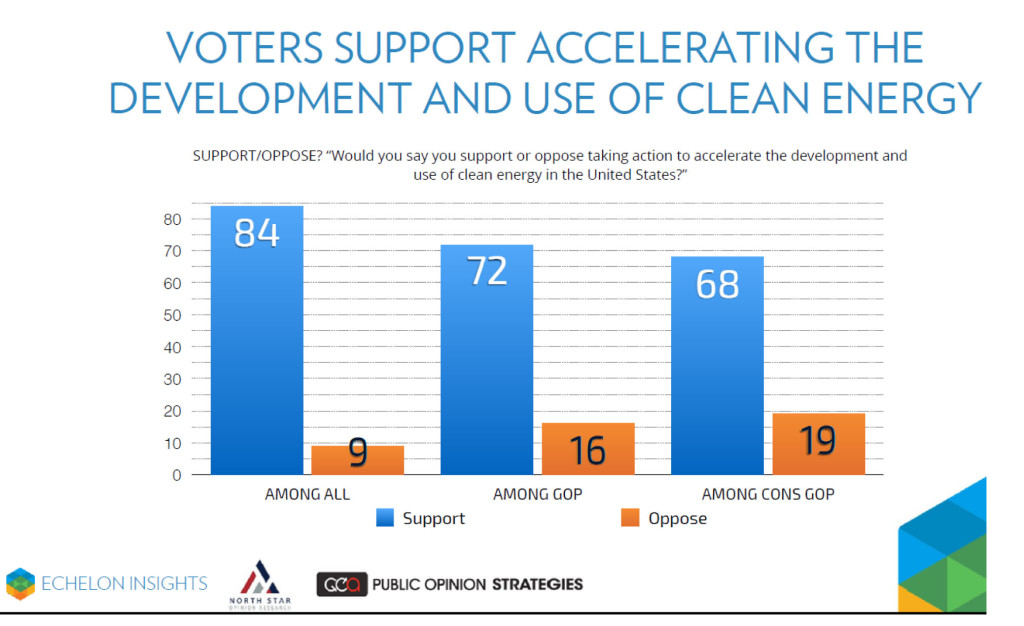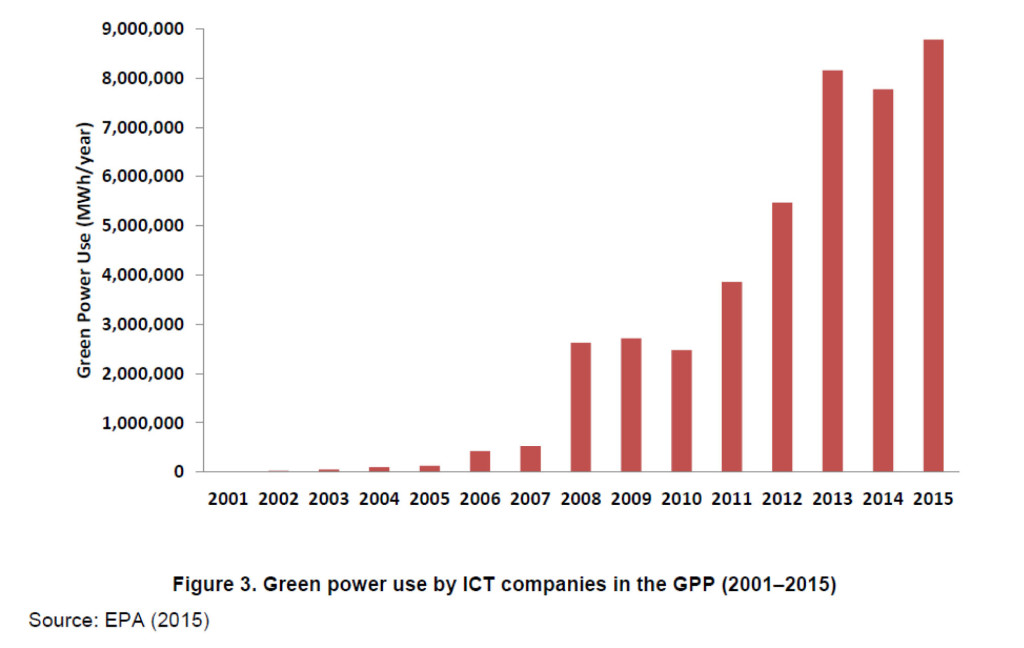So many studies, so little time. Just in the past couple of weeks analyses from DOE’s Energy Information Administration, Bloomberg New Energy Finance, British Petroleum and the International Renewable Energy Agency have hit my inbox (thank goodness we have moved beyond the old hardcopy stage, just those reports alone would have contributed to the world’s ongoing deforestation problem), and having the time to study them all has been difficult. But muddling through them does provide some fascinating glimpses of where the energy industry is today, and where it might be headed in the years to come.
EIA’s 2016 Annual Energy Outlook, released in abbreviated form last month with its full rollout slated for early July, includes more sobering news for electric utility executives: Sales growth really is gone, and it isn’t coming back. In its analysis, EIA estimates that overall electricity sales will grow at an average rate of 0.7 percent from 2015-2040, essentially unchanged from the 0.6 percent growth rate posted from 2000-2015. But a closer look at the numbers shows even that relatively anemic growth estimate may be optimistic.
For example, EIA estimates that electric sales in the residential sector will rise by an average of just 0.3 percent a year from 2015-2040—well under even the paltry 1.1 percent annual growth recorded from 2000-2015. According to EIA, the slow growth can be attributed to rising energy efficiency, especially in the lighting sector, and the broad adoption of distributed photovoltaics (PV). But what is most intriguing about EIA’s estimate is that virtually all of the growth occurs in the out-years (see chart below): From 2015 through 2030 there is essentially zero growth in residential sales. Specifically, EIA puts 2015 sales in the sector at 1,402 billion kilowatt-hours (kwh) and projects that sales in 2030 will rise to just 1,416 billion kwh—an increase, if you can call it that, of 0.1 percent annually. Rather than calling this growth it would be more appropriate to write it off as a rounding error. It also represents the continuation of a longer-term trend: Residential electric sales in 2007, just before the onset of the Great Recession, totaled 1,392 billion kwh. Measured from that starting point, sales are expected to climb just 24 billion kwh in 23 years, a miserly 0.07 percent annual increase.
Continue reading EIA Annual Outlook
Misses The Mark
On Threat To Utilities,
Generation Revolution
 Follow
Follow
